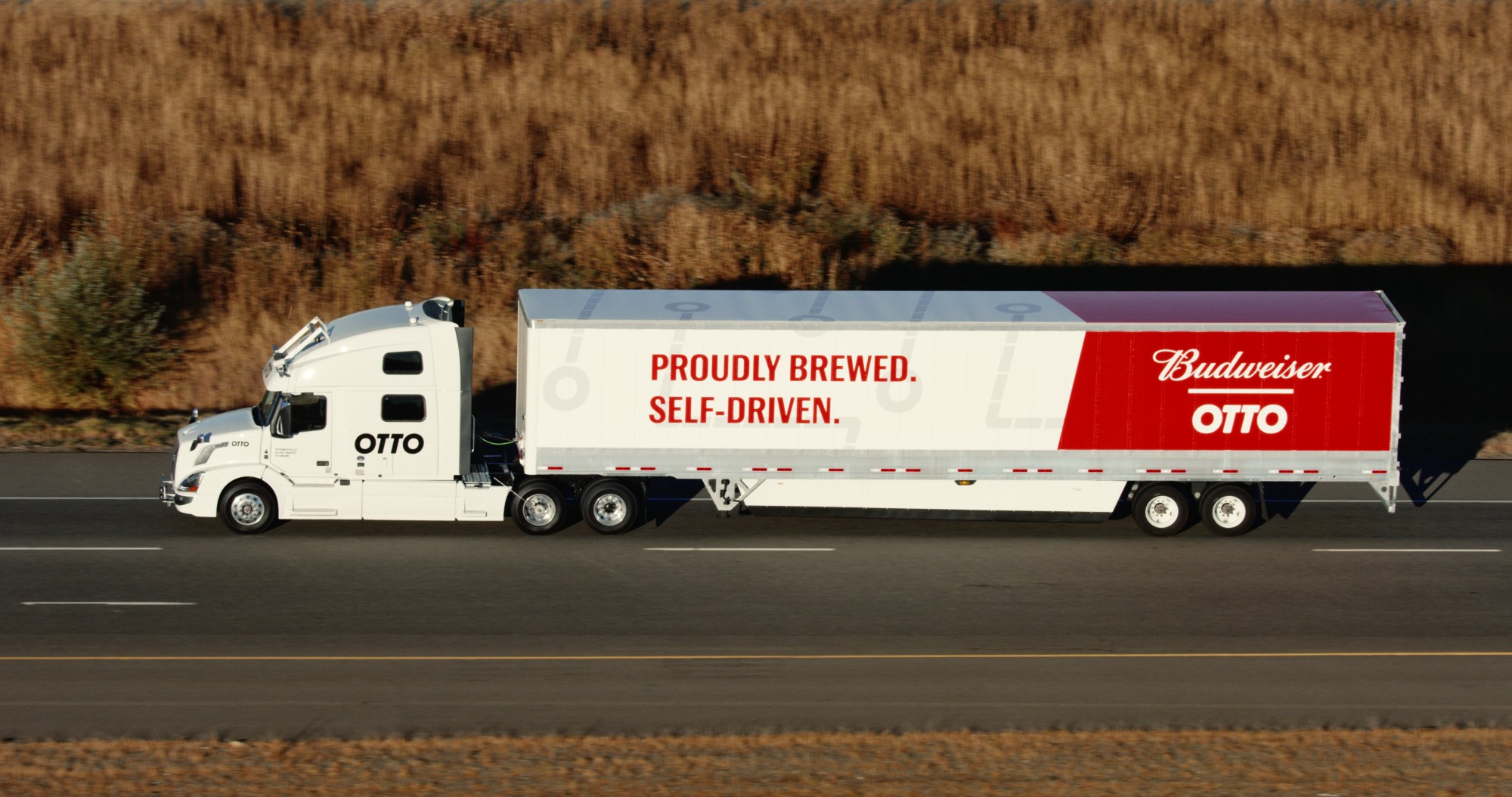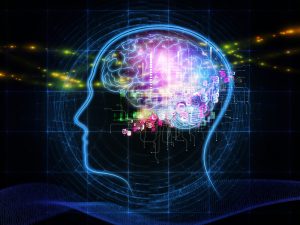Artificial Intelligence has grown up a lot since the days when it beat out humans in game competitions like Jeopardy and chess. Deep-learning software has matured into an able-bodied member of the workforce and is already taking over some of our jobs. The potential changes in store for the world’s economies are massive, as are the fears over what these changes will mean for work as we know it.
Enthusiasts trumpet the benefits AI stands to bring when it takes over society’s most routine tasks. One recent study by Accenture predicts AI could double annual economic growth rates by 2035. And while no one argues against the potential benefits AI stands to bring to world economies, it’s also too rosy an outlook to say machines will only take over the most menial of jobs while we’ll all be liberated to do “what humans do best – create, imagine and innovate new things.” If governments don’t think proactively about AI’s effects on the current working population, technological growth could entail massive disruption for whole communities.
One former labor union leader is sounding the alarm now on the potential risk such disruption could bring. In his book, Raising The Floor, Andy Stern predicts machines could take over almost half of all U.S. jobs in 20 years. And he argues for the establishment of a universal basic income to protect citizens from poverty. We live in an economic reality today where nations can grow their GDP and productivity while wages and jobs remain stagnant. Universal basic income is one solution to help society cope with unprecedented new levels of unemployment.
While Stern’s proposal might sound somewhat dire for the future of labor, the idea is slowly gaining steam. Especially as we look around at some recent examples of AI taking over human work. Self-driving truck company Otto just made their inaugural shipment through Colorado this month. And e-discovery software has for years been helping legal firms pour through documents and perform tasks once completed by first-year lawyers.

But there’s some upside to consider as well regarding the advent of AI. The White House recently released a pair of reports on the opportunities, considerations, and challenges of AI and the state’s role in both fostering and governing its rise. The reports address the real likelihood of some jobs getting completely replaced by AI. But they also point out possibilities for systems that complement human work, referred to as intelligence augmentation.
“One example is in chess playing, where a weaker computer can often beat a stronger computer player, if the weaker computer is given a human teammate—this is true even though top computers are much stronger players than any human. Another example is in radiology. In one recent study, given images of lymph node cells, and asked to determine whether or not the cells contained cancer, an AI-based approach had a 7.5 percent error rate, where a human pathologist had a 3.5 percent error rate; a combined approach, using both AI and human input, lowered the error rate to 0.5 percent, representing an 85 percent reduction in error.”
The report also acknowledges the government’s role creating policy that addresses side effects of automation such as unemployment, a rising wage gap, and economic inequality.
“Public policy can address these risks, ensuring that workers are retrained and able to succeed in occupations that are complementary to, rather than competing with, automation,” it says. “Public policy can also ensure that the economic benefits created by AI are shared broadly, and assure that AI responsibly ushers in a new age in the global economy.”
To be clear, the language here is still too vague to be actionable just yet. The report portrays just how early the discussion is around what such policies would even look like. But it does take a first step to lay down the groundwork on an increasingly pressing issue. AI will undoubtedly have a different effect on the current workforce depending on industry and job roles. But we all still need technological advancement which is fair and increases opportunity for everyone in society. This is just the start toward building a game plan.











